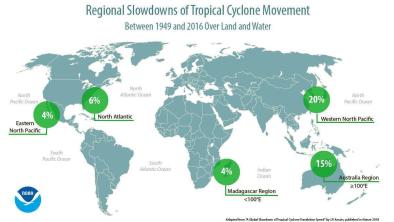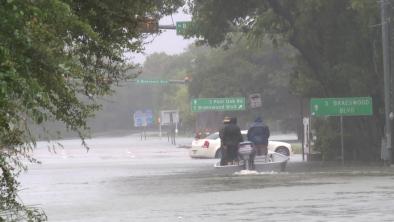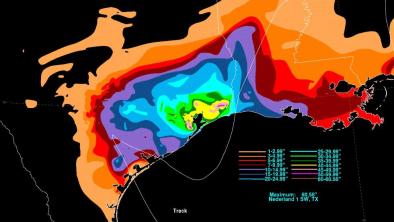Science Source
Increasing risk of compound flooding from storm surge and rainfall for major US cities
- States that when storm surge and heavy precipitation co-occur, the potential for flooding in low-lying coastal areas is often much greater than from either in isolation
- Determines the likelihood of joint occurrence of these two phenomena for the contiguous United States (US) and show that the risk of compound flooding is higher for the Atlantic/Gulf coast relative to the Pacific coast
- Provides evidence that the number of compound events has increased significantly over the past century at many of the major coastal cities
- Finds that long-term sea-level rise is the main driver for accelerated flooding along the US coastline; however, under otherwise stationary conditions (no trends in individual records), changes in the joint distributions of storm surge and precipitation associated with climate variability and change also augment flood potential
- Looks at New York City (NYC)—as an example—and finds the observed increase in compound events is attributed to a shift towards storm surge weather patterns that also favor high precipitation
Related Content
Headline

Jun 6, 2018 | LA Times
Hurricanes and typhoons are slowing down, which means more time to do damage
Headline

Jun 6, 2018 | KPRC
Report gives new insight into just how bad Hurricane Harvey was
Science Source
| Nature
A global slowdown of tropical-cyclone translation speed
James P. Kossin
Headline

May 24, 2018 | The Weather Channel
New NOAA Maps Show the Torrents Harvey Unleashed on Texas


